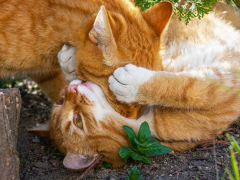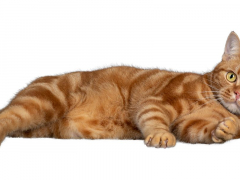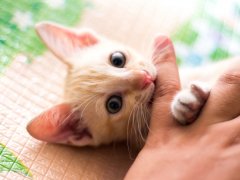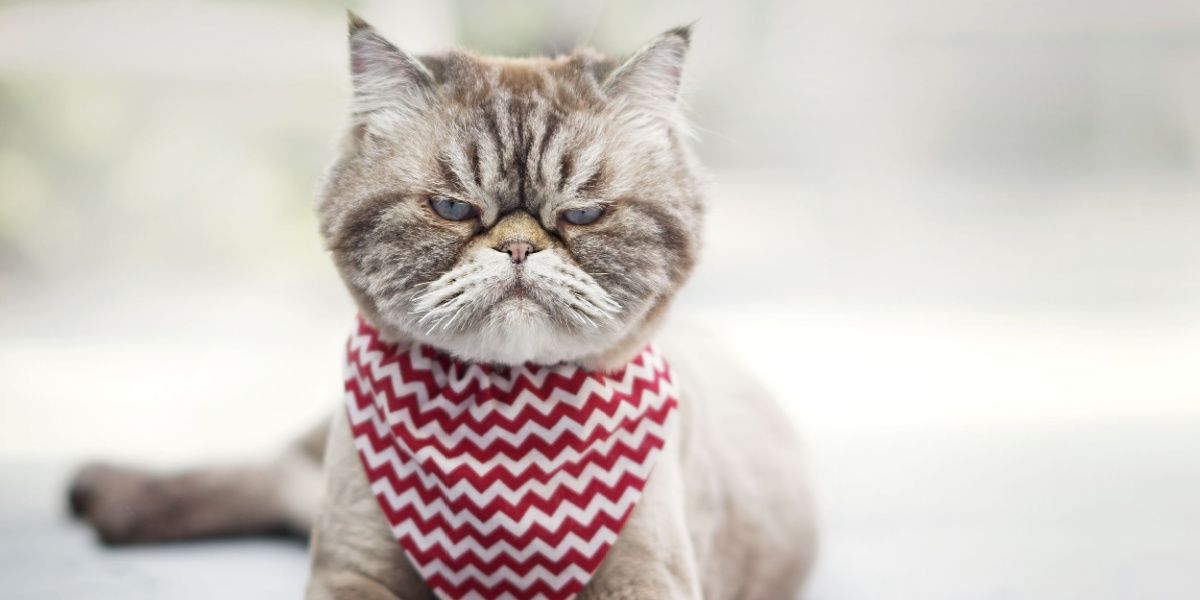
When a cat is angry, you tend to know about it. Those growls, hisses, and swipes can be pretty intimidating!
But there are other, less obvious ways in which your cat might portray their emotions. Just like humans, cats can become frustrated when they are not in control of a situation or they are unable to access something they want.
Signs of frustration in cats can be subtle and easily missed if you don’t know what you’re looking for. Let’s take a closer look at some of these signs and how you can recognize them quickly to prevent your cat’s emotions from escalating.
1. Tail Swishing
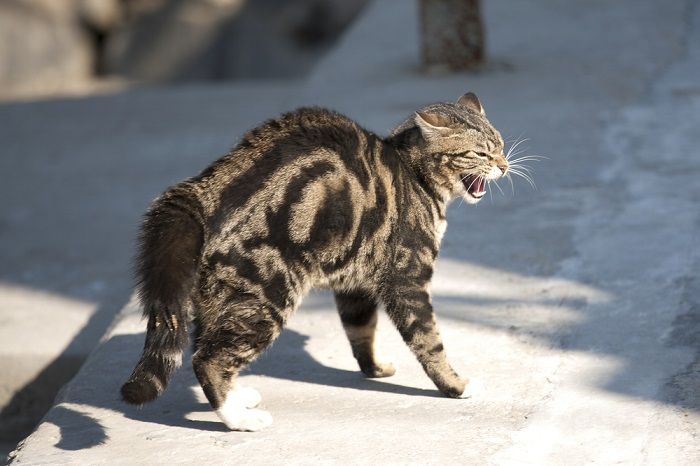
One sign of frustration is a swishing tail, especially when combined with raised hair.
A cat’s tail isn’t just for balance—it can actually tell you a lot about how your cat is feeling. When a cat is frustrated, they will often flick their tail back and forth. The madder the cat gets, the harder they’ll thump their tail.
Cats also flick their tail when they’re watching something, such as a bird through a window, or when they’re focused on hunting prey. If your cat is not watching anything in particular and their tail is flicking or even thumping, chances are they’re annoyed about something.
Also Read: Why Do Cat Tails Shake Or Quiver?
2. Avoidance
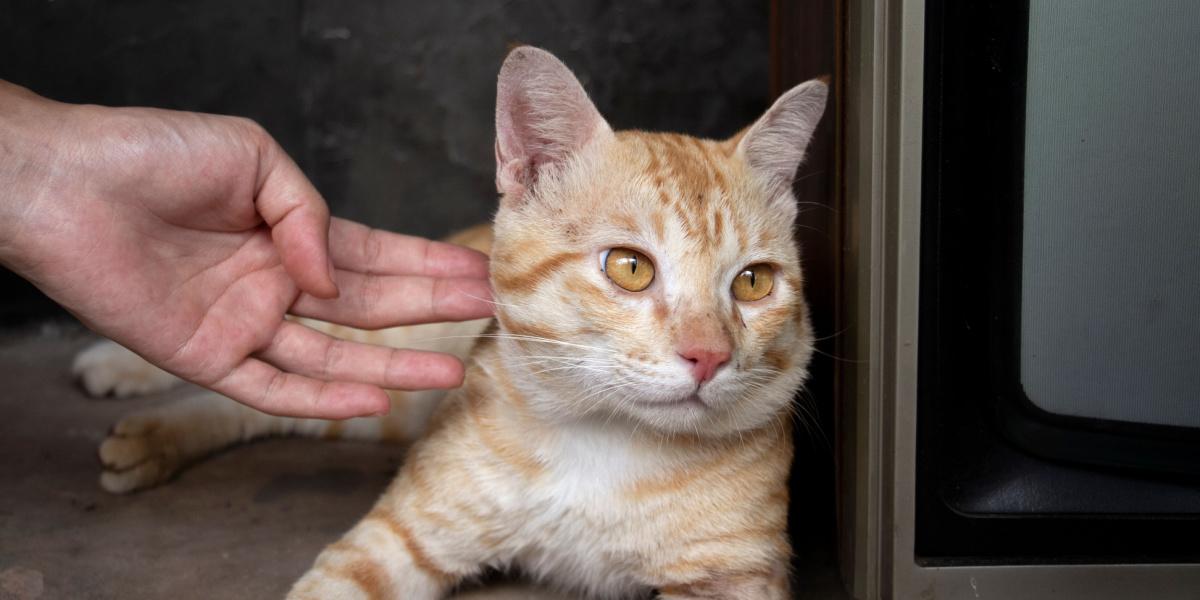
Avoidance is a subtle form of communication.
If your cat is frustrated, they might move their head or body away from you when you try to pet them. If your cat is avoiding you altogether or hiding away somewhere, then chances are they’re in a mood and want to be left alone. Of course, your cat might also be feeling poorly, so watch closely for any symptoms of illness and take them to the veterinarian for a diagnosis if you are at all concerned.
Also Read: Why Does My Cat Ignore Me?
3. Change Of Ear Position
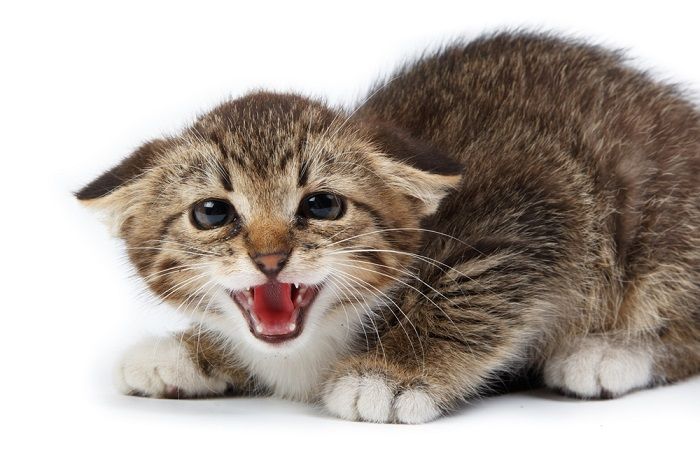
Heed the warning of flattened ears—this is not a time to try to touch your cat.
Your cat’s ears can tell you a lot about their mood. If your cat is feeling annoyed, their ears might rotate sideways (sometimes referred to as airplane ears). They might also flick their ears to demonstrate their frustration.
If your cat’s frustration escalates to anger or aggression, then they will flatten their ears back against their head. You shouldn’t try to touch your cat when their ears are flattened because you are likely to get scratched or bitten!
Also Read: Do Cats Have Good Hearing?
4. Pupils Narrowed
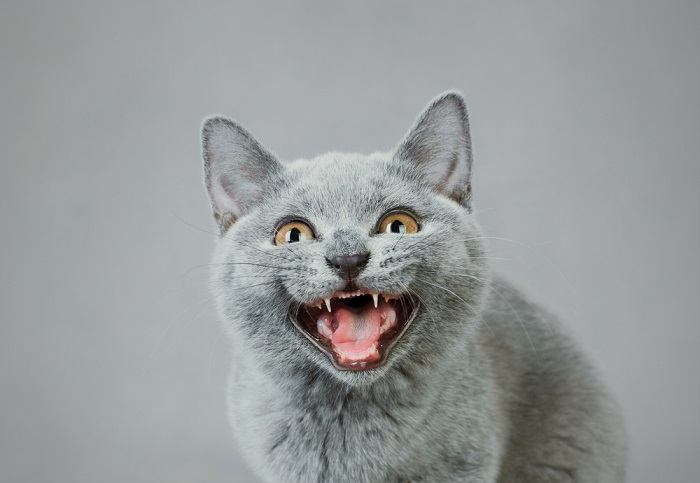
If you notice the pupils of your cat’s eyes look small, this could indicate frustration or anger.
A cat’s pupils will change in size according to how bright it is so this can be a tricky sign to read. However, if your cat is sitting staring with small pupils and narrowed eyes, they are probably feeling frustrated.
Also Read: Cat Eyes Watering: Causes, Symptoms, & Treatment
5. Staring
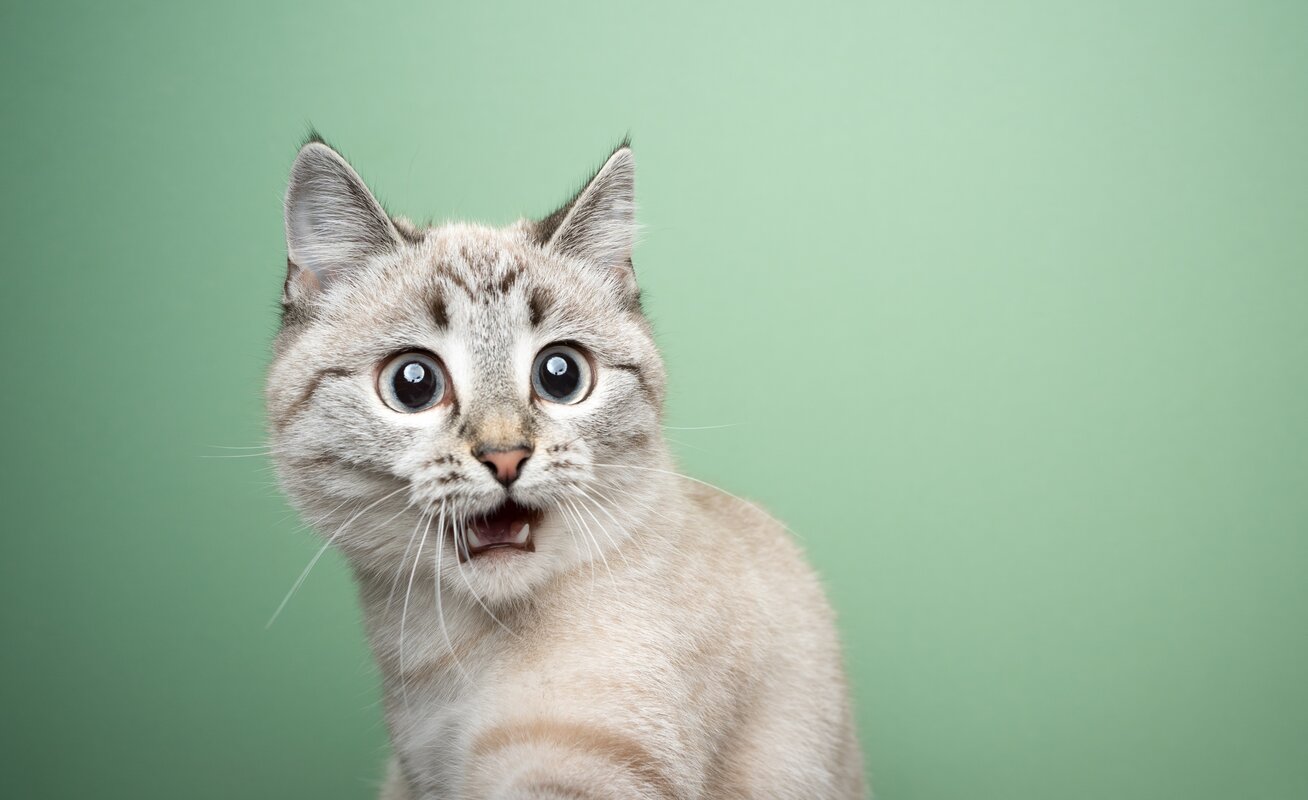
Most cats will not give an unbroken stare while standing still unless they are feeling threatened or angry.
As mentioned above, a cat that is sitting staring directly at you could be feeling annoyed. Of course, they might just be looking at you to get your attention, so check the rest of their body language too as this should help you decide whether or not your cat is frustrated.
Also Read: Why Is My Cat Staring at the Wall?
6. Appearing More Fluffy
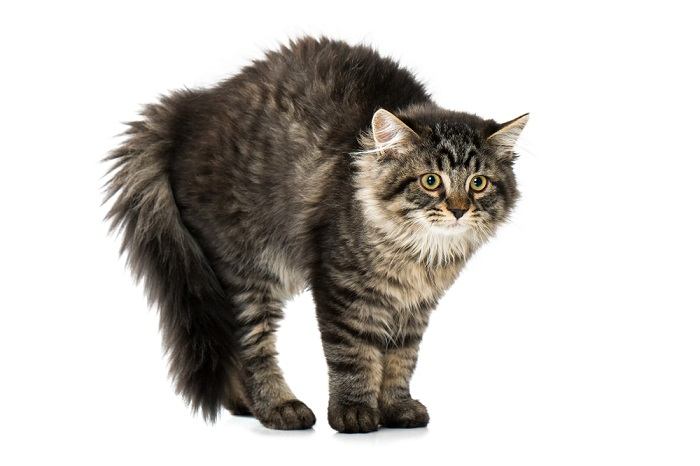
Hair standing on end, called piloerection, is a sign that your cat is feeling far from relaxed.
If your cat’s fur is standing on end and she looks even more fluffy than usual, this signals that they are probably annoyed. Cats do this in an attempt to make themselves appear bigger than they really are, so it could be because your cat is feeling threatened.
Your cat’s tail also might take on a “bottle-brush” appearance when their hackles are up. It’s best to leave your cat alone when they’ve adopted a puffed-up posture like this.
Also Read: Why Do Cats Arch Their Backs? Top 8 Reasons
7. Vocalizing
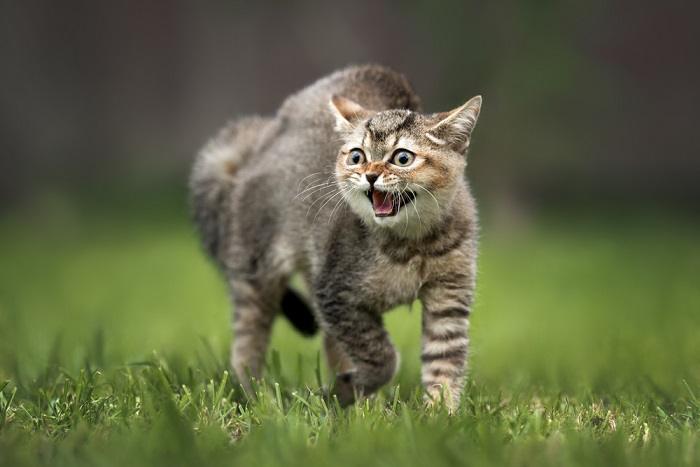
If your cat is vocalization excessively, they are trying to tell you something.
Your cat might vocalize for all sorts of reasons, but excessive vocalization is usually a sign of frustration. Whether it’s a meow or a loud purr, it could be that your cat has decided they want to be fed, or they want to go outside but the cat flap is locked. If your cat is vocalizing more than usual, they are probably trying to tell you something—you just have to figure out what that is.
Also Read: 10 Reasons Your Cat Won’t Stop Meowing At Night
8. Seeming ‘On Edge’
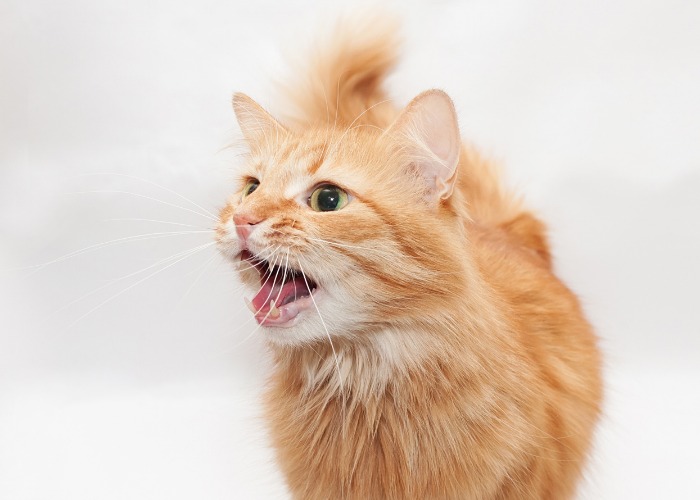
A frustrated cat might seem agitated and unsettled.
If your cat seems jittery and on edge, it could be because they are feeling frustrated. They might appear super alert with all their senses heightened. This is a cat’s body’s way of preparing to fight, particularly if the cat is feeling threatened. If your cat can’t settle or seems restless, try to figure out why.
Also Read: Are My Cats Playing Or Fighting?
9. Peeing In The House
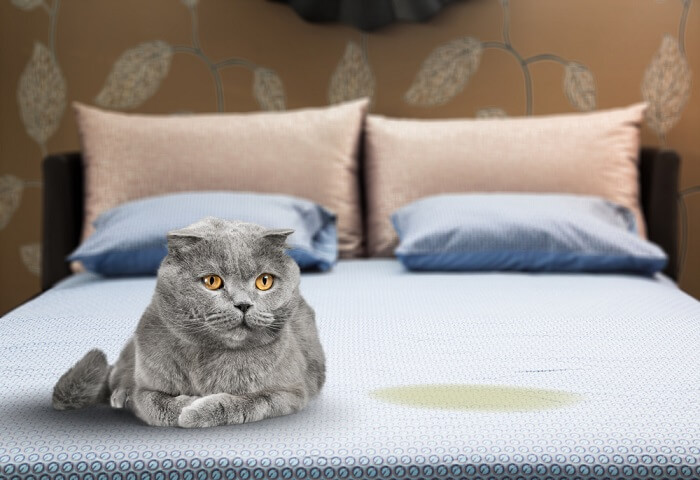
Inappropriate elimination is often linked to stress, but it could also be a medical issue.
Some frustrated cats start urinating in inappropriate places such as outside their litter box or on their owner’s shoes. If your cat is typically very good at using the litter box or going to the toilet outside but now they are peeing in your house, chances are something is bothering them.
This unpleasant cat behavior is often stress-related, but it can sometimes be due to medical problems such as cystitis or urine infections. Take your cat to the veterinarian to get checked over before assuming that this behavior is down to frustration.
Also Read: 8 Best Cat Foods For Urinary Tract Health
10. Being Destructive
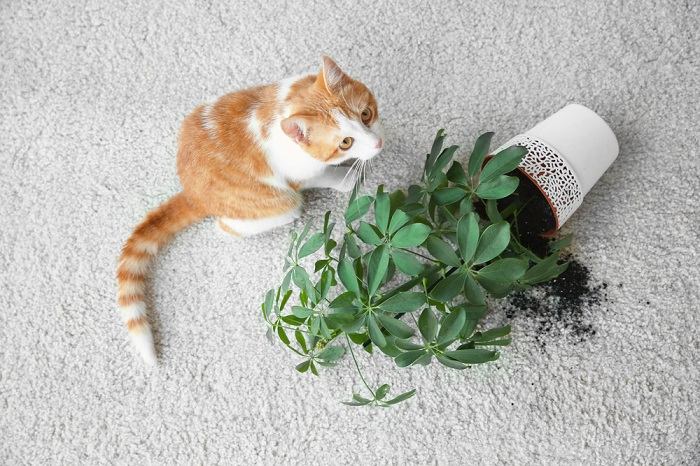
A sudden increase in destructive behavior could be linked to frustration.
If your cat is destroying things all of a sudden, knocking things off counters, or scratching at your sofa or carpet, they might be attempting to vent frustration. Never tell your cat off for behavioral changes, or punish them for unwanted behavior—your cat won’t understand what they’ve done wrong and it could even make the problem worse as your cat is likely to become anxious.
Also Read: Why Do Cats Knock Things Over?
Why Is My Cat Frustrated?
Cats can become frustrated for a number of different reasons. Some of the most common include the following.
1. Boredom
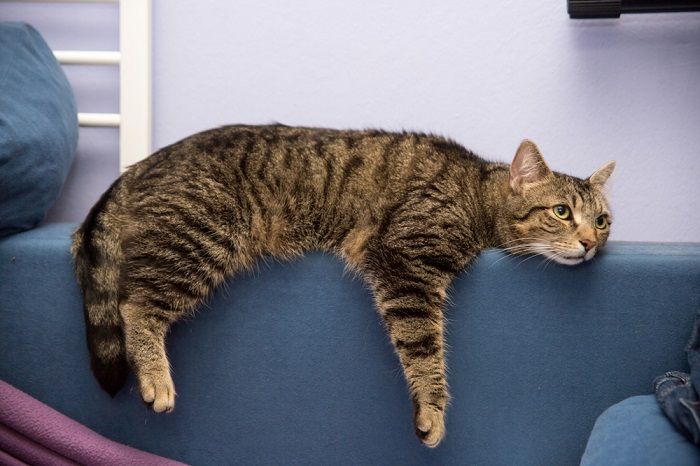
Cats that are physically and mentally understimulated will become frustrated and stressed.
A bored cat is a frustrated cat. Cats are intelligent animals and if they are not provided with sufficient mental stimulation they can suffer from boredom, just like humans can. This is especially true of indoor cats that do not go outdoors. They need to be able to express their predator instinct, even if it’s only through play.
2. Blocked Access
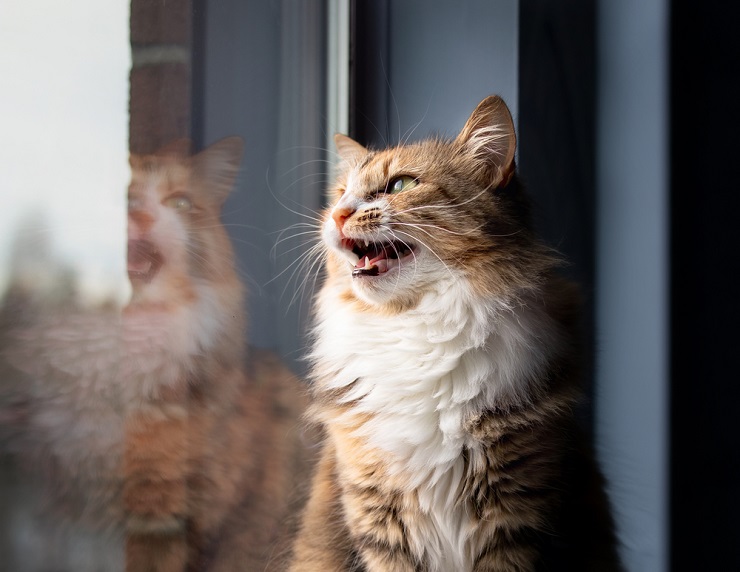
Cats like to come and go as they please, and get annoyed when their access is blocked.
Cats become frustrated if they can’t access somewhere they want to get to, for example, if the cat flap is locked and they can’t get outside. Or they might have been shut out of a room that they normally have access to, or where their resources are.
Also Read: The 7 Best Cat Doors, Portals, Flaps and Electronic Doors
3. Feeling Trapped
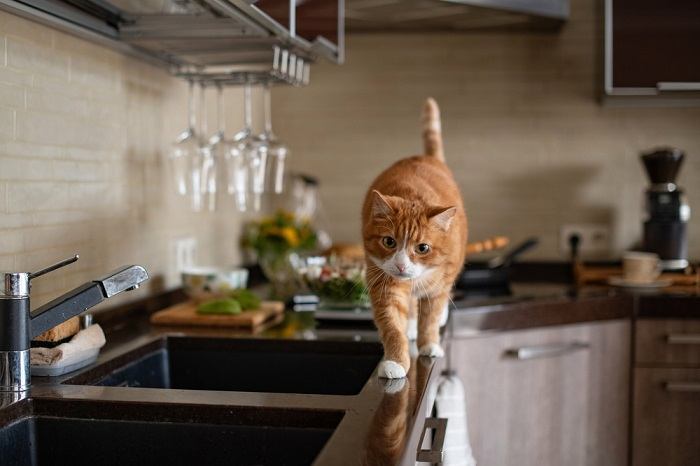
Make sure your cat has places to escape to if they are feeling upset by guests or other pets.
Cats always like to have their escape route planned and feel that they can escape a situation if they need to. If there are new people or loud noises and your cat feels trapped, theywill quickly become frustrated.
Also Read: 7 Sounds Cats Hate That You Should Avoid
4. Inadequate Attention
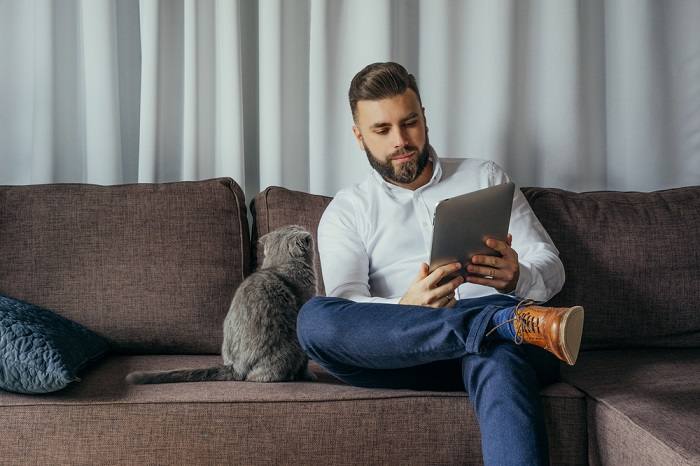
Cats become accustomed to a certain amount of attention and physical touch.
This depends on your cat’s personality and even what mood they are in. If your cat is normally very affectionate and spends a lot of time with you, they will likely become frustrated if they feel ignored or if you are not spending enough time with them.
Some cats are the opposite—if your cat is normally pretty antisocial but is being forced to interact with someone, or you are petting them when they don’t want to be petted, they will become frustrated and annoyed.
Also Read: 10 Signs You Might Have A Clingy Cat
5. Hunger
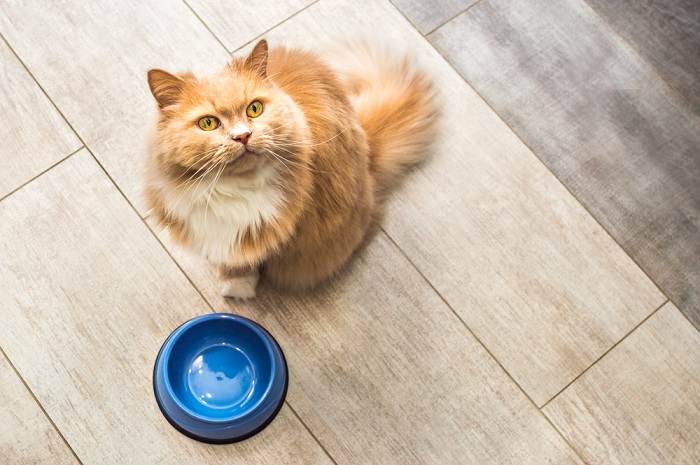
Cats will always let you know when you’re late on mealtime.
Some cats become frustrated when they are hungry (ever heard the term “hangry”?). This is especially true of cats that are motivated by food, have a good appetite, and are used to being fed at certain times of the day.
Also Read: The 7 Best Automatic Cat Feeders
6. Unpredictable Household Routines
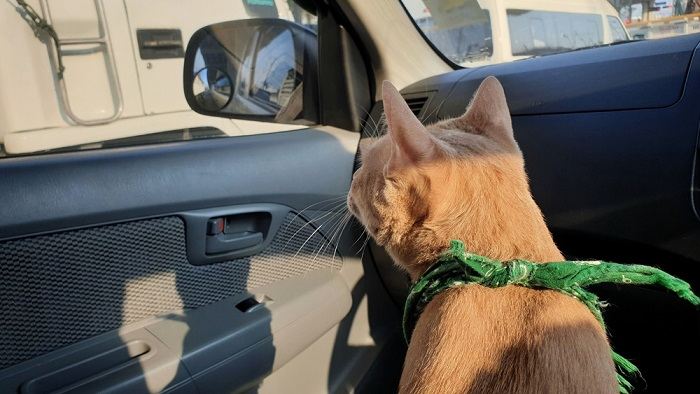
Most cats find travel stressful, whether you bring them along or leave them home with a sitter.
Cats are creatures of habit and feel more settled when they have a routine. If this routine is disrupted, for example, their owner coming home late, or going away on holiday, a cat is more likely to become frustrated.
Also Read: Do Cats Have A Sense Of Time?
7. Not Enjoying Being Petted
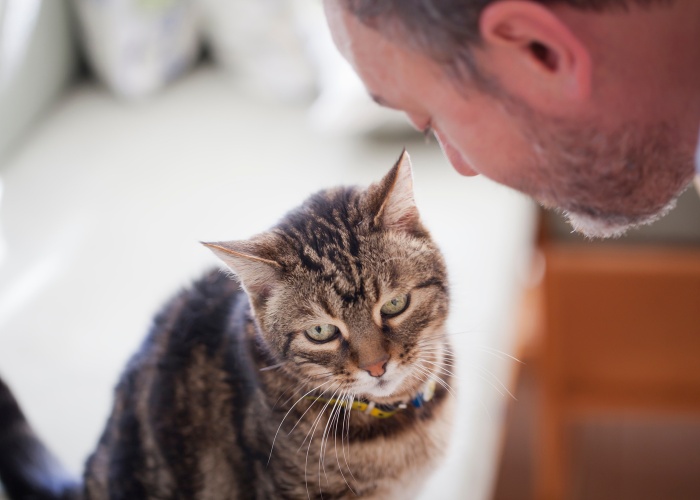
Get to know your cat’s preferences for touch to avoid over-petting.
Cats can be very particular about where they like to be petted. It can vary somewhat from cat to cat but as a general rule, most cats prefer to be stroked around their head, face, and ears and do not enjoy their stomach or tail being touched.
Also Read: How To Pet A Cat – The 3 Basic Do’s And Don’t’s
8. Presence Of Other Cats In Household/Garden
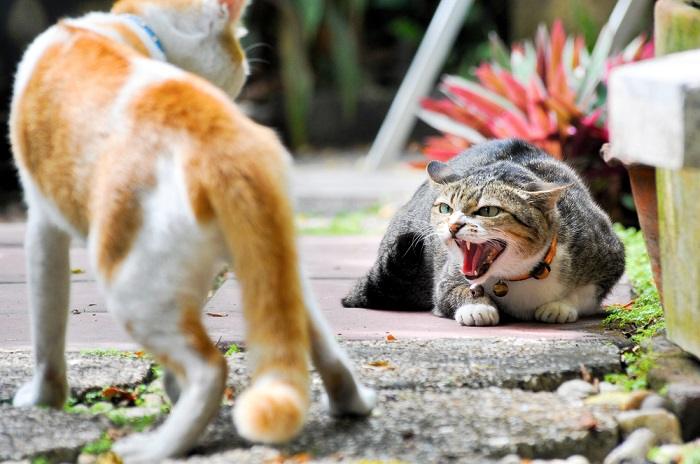
Conflicts with other cats are a common source of frustration in house cats.
Cats are mostly solitary animals and are usually territorial. A new cat in the neighborhood or one that is “invading” your cat’s territory will lead to your cat becoming frustrated.
Also Read: 10 Signs Your Cat Wants Another Cat
What to Do When My Cat Is Frustrated?
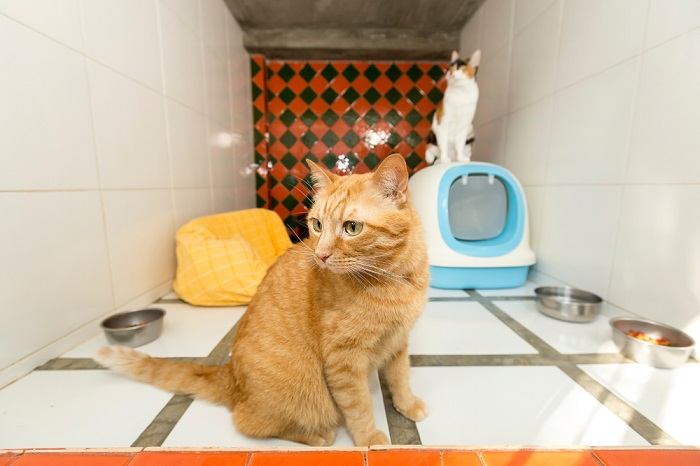
In multi-cat households, be sure to provide enough bowls, litter boxes, beds, and other resources.
Now you know the signs of frustration in cats, and what some of the causes could be, you need to learn how to help your cat’s frustration:
- Ensure they can access their resources whenever they need to, including food and water bowls, litter boxes, and beds.
- Spend time interacting and playing with your cat each day.
- Offer stimulation for your cat, such as toys and puzzle feeders, particularly if you are out of the house for long periods or your cat doesn’t have access to the outdoors.
- Provide a routine for your cat where possible, such as feeding them at roughly the same times each day.
- Learn to understand feline body language and facial expressions and interact on your cat’s own terms. Do not force an interaction if your cat is not in the mood or seems like they want to be left alone.
Cats can become frustrated for various reasons and often the signs can be quite subtle. Learning to spot the signs of a frustrated cat will help you alleviate your cat’s frustration by fixing the issue. At the very least, it can help you to learn when to leave your cat alone and prevent their mood from escalating to anger.
Also Read: How Cats Choose Their Favorite Person?

